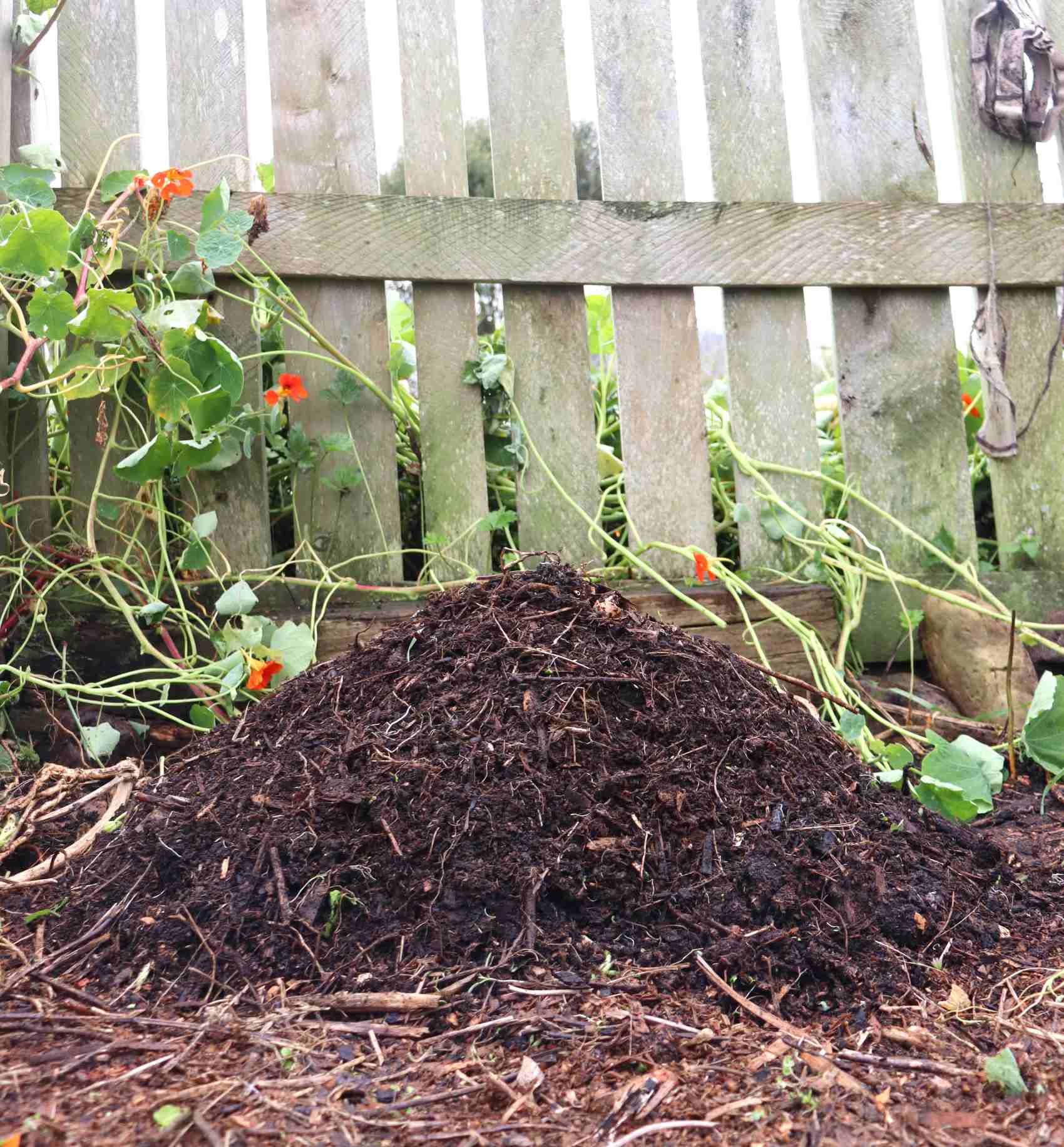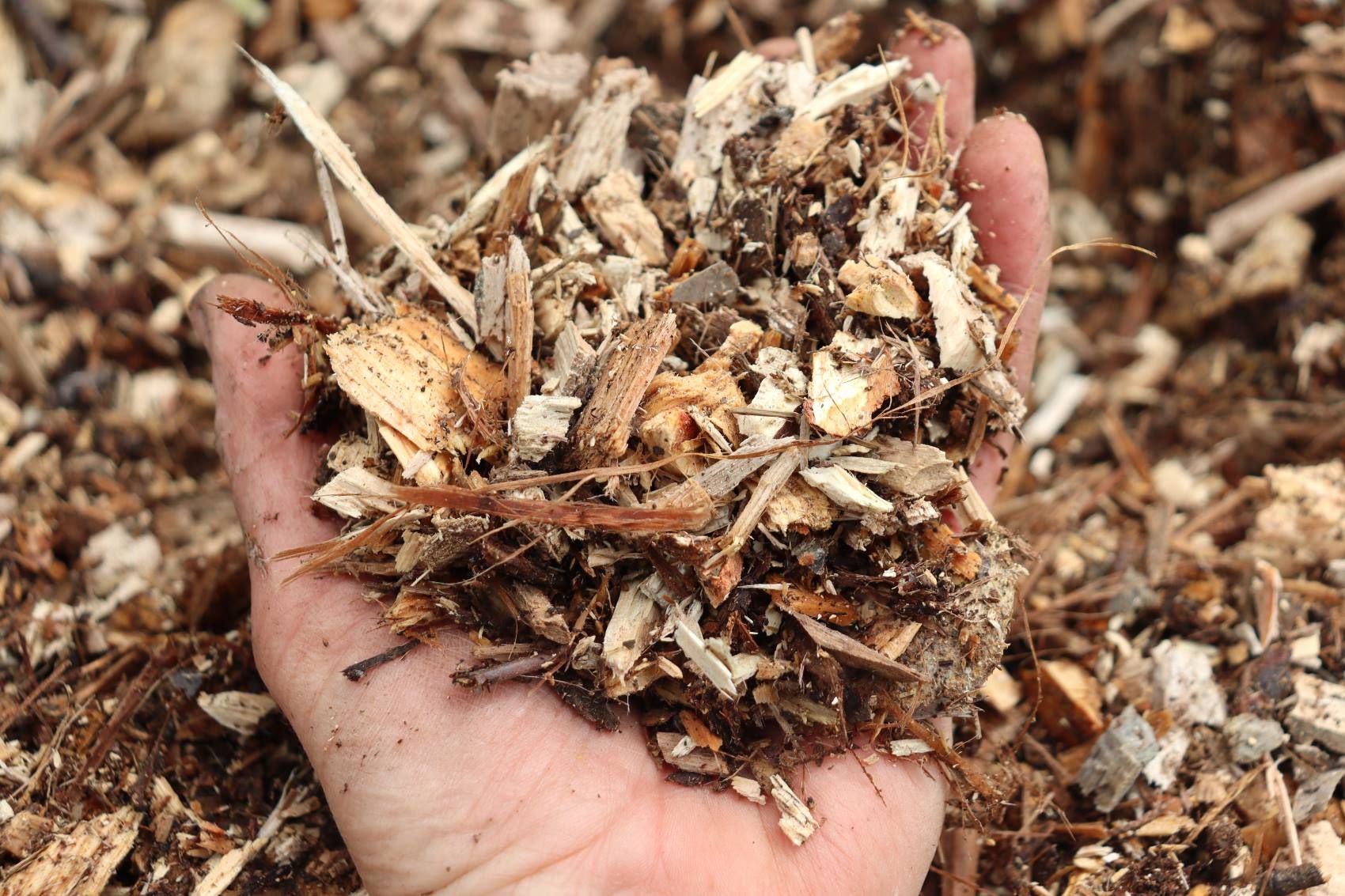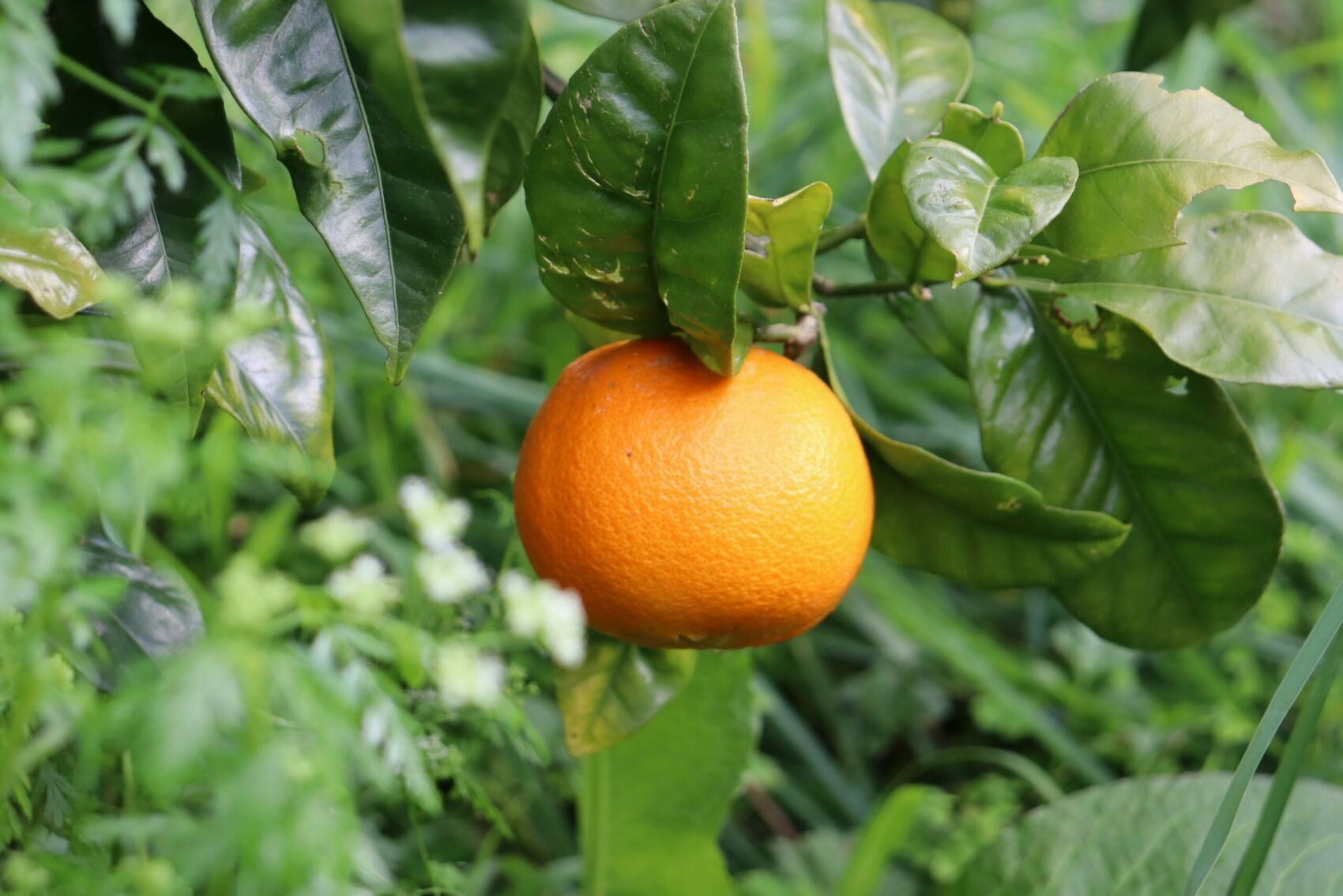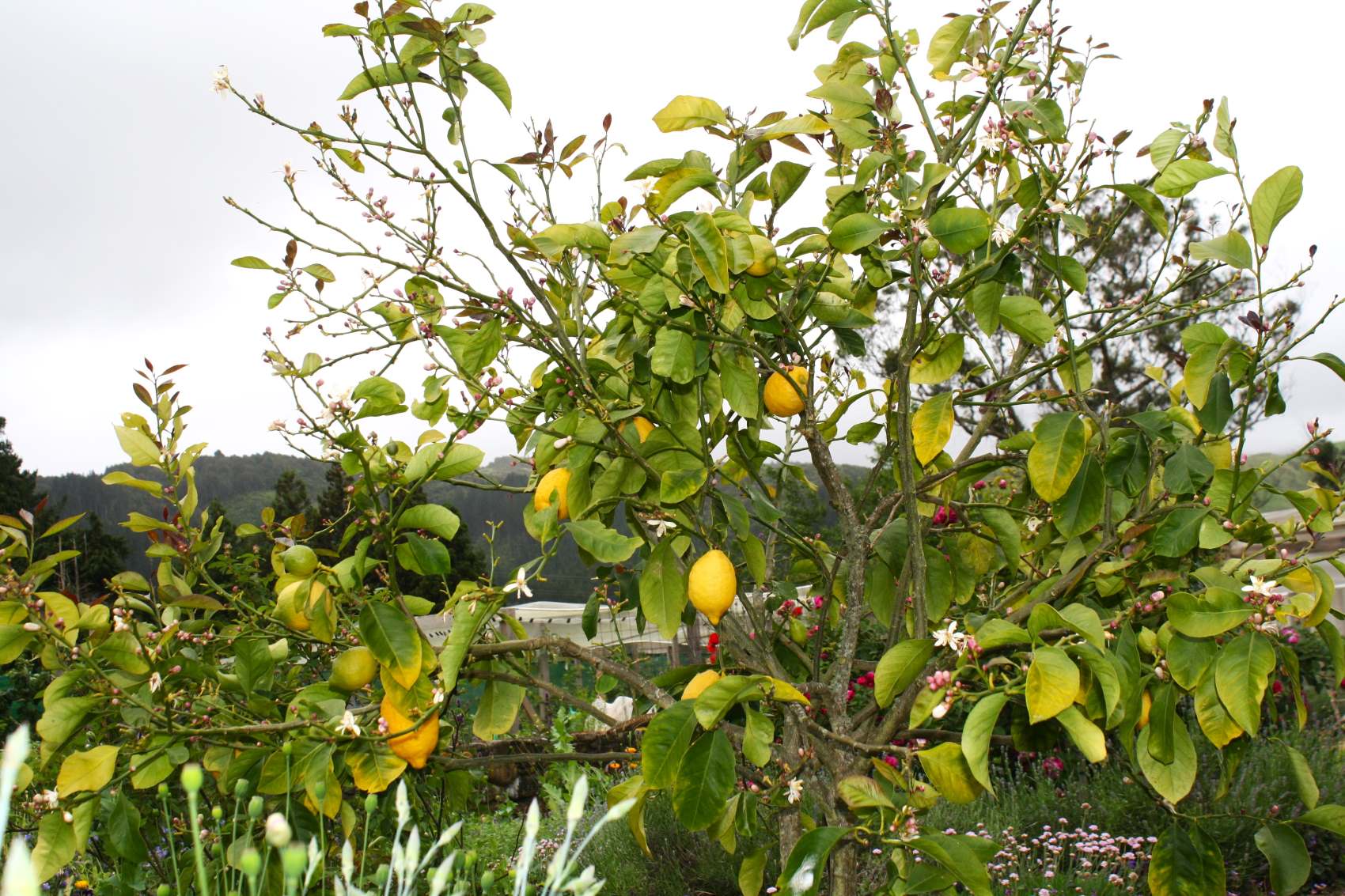When + How to Feed Citrus


Citrus need 2 feeds: one mid spring - when soils have warmed, and one mid summer.
The last, mid summer/ January feed is really important for young trees, to inspire strong growth while its warm, boosting them to be a little bigger and bolder before they take on winter.
Natural feed

The very best stuff to use to feed your citrus is natural stuff that the soil knows and readily assimilates. Homemade compost, well rotten manure, vermicastings, fish waste or seaweed are my top picks. Artificial fertilisers and/or overfeeding (whether natural or otherwise), is one of the main causes of citrus pests and disease.
Apply the feed either on top of existing mulch if its well broken down, or if pretty raw, pull the mulch back before proceeding. Spread a fine layer of compost + a few spades of either chopped up kelp or well rotten manure or vermicastings.
Mulch

Mulch is key, especially for citrus - they must not dry out! Mulch holds moisture, builds humus, encourages a thriving soil life, moderates temperature and reduces weeds/ grass that compete - so much goodness here.
The best mulch is a mixed woody one, but any stalky stuff will do. Do your best to create a mixture - diversity is the answer.
Forage in your community for sea-wrack (the woody mix on west coast beaches after a storm), crunched up bracken fern, leaves, the scrapings beneath the firewood pile ....
For some extra goodness, snuggle a lump of wood into the mulch and leave it to rot down. A great use for those too hard to split knotty bits of firewood!
Water + Ola pots

Citrus must not dry out - if they do, the fruit wont be plump and juicy, nor will the tree be hearty and strong. The best way to achieve this is by building strong, humus rich soil. Soil like this holds water for a goodly period of time. Check in weekly with the soil beneath citrus during summer and autumn, and if its dry, give it a soak. The ideal condition is barely moist soil - neither dry nor wet.
Ola pots, are a super cool, very old technology - they're unglazed terracotta pots with a lid that you bury beside your tree/ shrub/ plant. Water is drawn out in a capillary action as soils dry - super clever! Top them up as required. If you cant find any to buy, they are easy to make. You tube will happily show you how.
Biological spray

Keep citrus strong with a monthly biological spray through the warmer weather. Up the ante to once a week if trees are poorly or pest laden - liquid foliar feed is an immediate way to get nutrient into your trees.
Trouble Shooting

Citrus success begins with a variety that suits your place and a well chosen location. No matter how well you feed and care for your trees, if the location does not cover basic citrus needs or the variety is poorly chosen - the trees wont ever be glorious.
When things go awry eg: pest/ disease/ all round not looking very handsome - your very first port of call is the soil. Do a DIY test and go from there. Soggy soil, dry soil or hungry soil mean mineral exchange is poor + biology absent, setting in motion the cascade of poor health.
